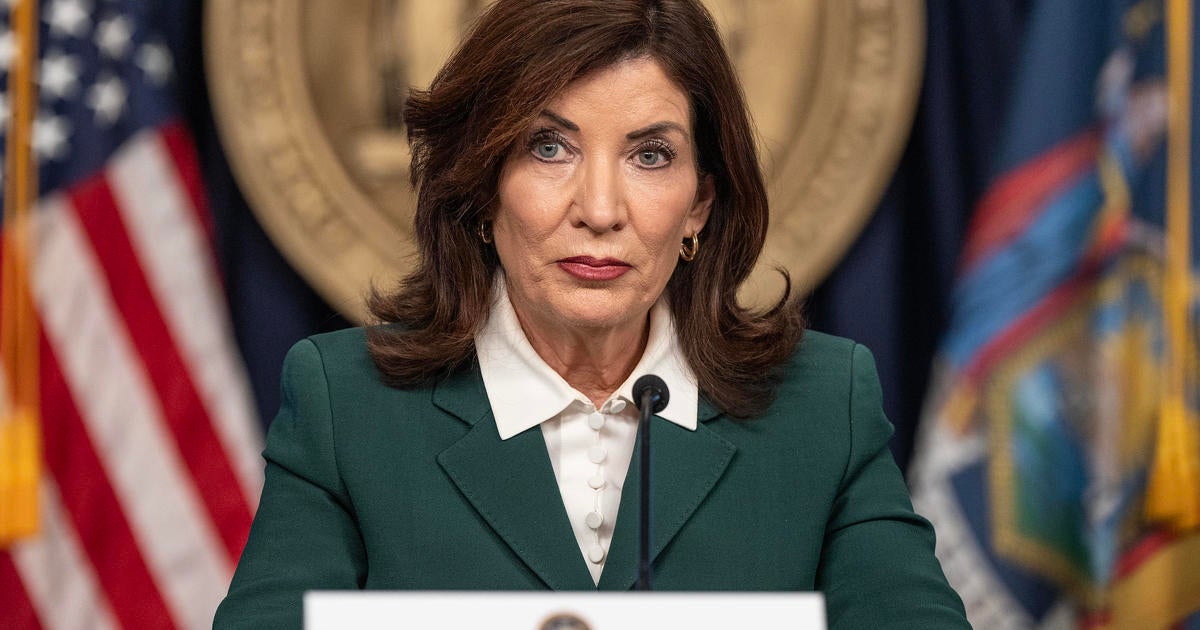Introduction
Stewart Airfield, a vital transportation hub in New York, is currently grappling with significant disruptions caused by an alarming increase in drone activity. This unexpected surge has led to the temporary shutdown of runways, igniting urgent responses from state officials and raising critical questions about airspace security and regulatory measures. As drones become more prevalent in various sectors, the implications for aviation safety and management are profound. This article delves into the recent events at Stewart Airfield, examines the broader context of drone usage, and explores potential solutions to mitigate such disruptions in the future.
Understanding the Situation at Stewart Airfield
Stewart Airfield, located in New Windsor, New York, serves as a crucial military and civil aviation facility. The recent incidents of drone activity have created a precarious situation, leading to temporary runway closures and flight delays. According to state officials, the uptick in unauthorized drone operations within the vicinity of the airfield has raised significant safety concerns.
Governor Kathy Hochul addressed the situation, emphasizing the need for stringent regulatory measures and enhanced enforcement to protect airspace integrity. “We must ensure the safety of our skies and the efficiency of our airports,” she stated in a press conference. The disruptions at Stewart Airfield are not isolated incidents; they reflect a growing trend of drone-related challenges faced by airports nationwide.
The Rise of Drone Activity and Its Implications
The explosion of drone usage can be attributed to several factors, including advancements in technology, decreasing costs, and a surge in commercial applications. Drones are increasingly utilized for various purposes, such as:
- Real estate aerial photography
- Infrastructure inspections
- Delivery services
- Filming and media production
- Emergency response and search and rescue operations
While these applications demonstrate the versatility and benefits of drones, they also pose significant risks to traditional aviation. The Federal Aviation Administration (FAA) has been working to establish regulations to manage the integration of drones into national airspace. However, incidents like those at Stewart Airfield underscore the challenges of enforcing these regulations effectively.
Safety and Security Concerns
The incidents at Stewart Airfield have reignited discussions surrounding airspace safety and security. Drones operating near airports can pose serious threats, including:
- Collision risks with manned aircraft
- Disruption of flight operations
- Potential for malicious activities, including terrorism
In a statement, an FAA spokesperson noted, “The safety of the flying public is our top priority. We are actively working with local authorities to address these incidents and ensure compliance with all regulations.” The FAA has also been enhancing its surveillance technologies and working with law enforcement agencies to identify and mitigate unauthorized drone activities.
Current Regulatory Framework and Challenges
The regulatory landscape surrounding drone usage is complex and evolving. The FAA has implemented several regulations to govern drone operations, including:
- The requirement for drone operators to register their devices
- Restrictions on flying near airports and in controlled airspace
- Operational limits, such as altitude and line-of-sight requirements
Despite these regulations, enforcement remains a challenge. Many drone operators may be unaware of the regulations or choose to ignore them. Moreover, the rapid evolution of drone technology often outpaces regulatory efforts, leading to gaps in oversight.
Broader Implications for Aviation and Public Safety
The disruptions at Stewart Airfield serve as a microcosm of a larger issue facing aviation authorities globally. As drone technology continues to advance, the need for a comprehensive approach to airspace management becomes more pressing. Key considerations include:
- Technological Solutions: Developing advanced detection systems to identify and track unauthorized drones in real-time.
- Public Awareness Campaigns: Educating drone operators about regulations and safe operational practices to reduce incidents.
- Policy Development: Collaborating with industry stakeholders to create adaptable regulatory frameworks that can keep pace with technological advancements.
Furthermore, there is a growing call for the development of “drone corridors”—designated airspace for drone operations that minimizes the risk of interference with manned flights. This concept aims to streamline drone operations while ensuring the safety and efficiency of traditional aviation.
Conclusion
The recent disruptions at Stewart Airfield highlight a critical juncture in the evolution of airspace management in the age of drones. As the popularity and applications of drones continue to expand, it is imperative that regulators, industry stakeholders, and the public work collaboratively to establish a safe and efficient airspace environment. By investing in technology, enhancing public awareness, and adapting regulatory frameworks, we can mitigate the risks posed by unauthorized drone activity while reaping the benefits of this innovative technology. The situation at Stewart Airfield serves as a wake-up call, urging all parties to take proactive measures to protect the integrity of our skies for the future.
See more CNN Headline


